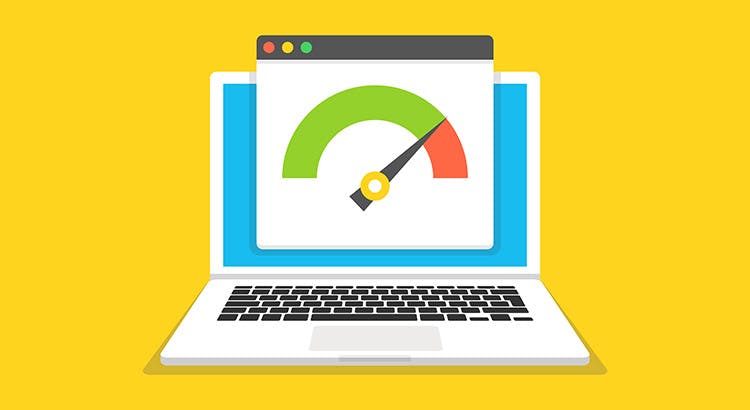- Published on
Introduction to Web Performance: The Gateway to a Faster Web Experience
- Authors

- Name
- perfHack
- @perfhackhq

Introduction to Web Performance: The Gateway to a Faster Web Experience
In the digital age, the speed and performance of a website are not just conveniences; they are expectations. Users anticipate quick-loading pages, and search engines prioritize well-performing sites in their rankings. This is where web performance comes into play, serving as the backbone of user experience. In this article, we'll introduce you to the basics of web performance, why it matters, and how it can be measured and improved.
Understanding Web Performance
Web performance is the art and science of ensuring websites and applications are fast, efficient, and reliable. It encompasses everything from the speed at which web pages are downloaded and displayed to the responsiveness of web applications when users interact with them.
Why Does Web Performance Matter?
- User Experience: A slow website can frustrate users, leading to a higher bounce rate and lower user satisfaction.
- Conversion Rates: Performance impacts the bottom line. Faster websites have been shown to convert more visitors into buyers.
- SEO Rankings: Search engines like Google consider site speed as a ranking factor. Faster sites are likely to rank higher in search results.
- Accessibility: Efficient sites consume less data, which is crucial for users with limited data plans or those in areas with slow internet connections.
Measuring Web Performance
Before you can improve performance, you need to measure it. Here are some key metrics:
- Load Time: The time it takes for a page to become fully interactive.
- Time to First Byte (TTFB): The time from the user's request to when they receive the first piece of data.
- First Contentful Paint (FCP): The time it takes for the first piece of content to appear on the screen.
- Largest Contentful Paint (LCP): The time it takes for the largest content element on the page to load.
- Cumulative Layout Shift (CLS): Measures the stability of content as it loads (to avoid things jumping around on the screen).
Improving Web Performance
Improving web performance can seem daunting, but there are several strategies that can have a significant impact:
- Optimize Images: Use modern image formats like WebP and ensure images are not larger than necessary.
- Minimize HTTP Requests: Combine files where possible, and use CSS sprites for images.
- Use a Content Delivery Network (CDN): CDNs distribute your content across multiple servers around the world, reducing the distance data must travel.
- Enable Caching: Caching stores copies of files so they can be delivered more quickly on subsequent visits.
- Minify and Compress Files: Minifying removes unnecessary characters from code, and compression reduces file sizes.
Tools for Web Performance Optimization
There are many tools available to help analyze and improve web performance:
- Google PageSpeed Insights: Provides performance analysis and optimization suggestions.
- WebPageTest: Offers detailed performance reports and allows for testing in different browsers and connection speeds.
- Lighthouse: An open-source, automated tool for improving the quality of web pages.
Web performance is a critical aspect of the modern web. It affects everything from user experience to search engine rankings and conversion rates. By measuring performance and implementing best practices, you can ensure that your website not only meets but exceeds the expectations of today's internet users. Remember, in the fast-paced world of the web, performance is not just a feature; it's a necessity.